Affiliate disclosure: This post may contain affiliate links. Please see our disclosure policy.
We all love seeing those big beautiful heirlooms on farmer’s market tables. These days, they come in all the colors of the rainbow and every shape and size imaginable. A lot of what makes those varieties so tasty is their juice, which is perfect to add moisture and flavor to a salad or sandwich but will add work and frustration in a canning kitchen.
Fear not, heirloom lovers! Most people buying table tomatoes at a farmers market are looking for juicy heirlooms, but that doesn’t mean there’s not a lot of excellent canning heirlooms available for the home grower.
While I’m sure grandma loved a good slicing tomato, she was keen enough to also select out low moisture, high flavor canning varieties and many of those seeds survive today.
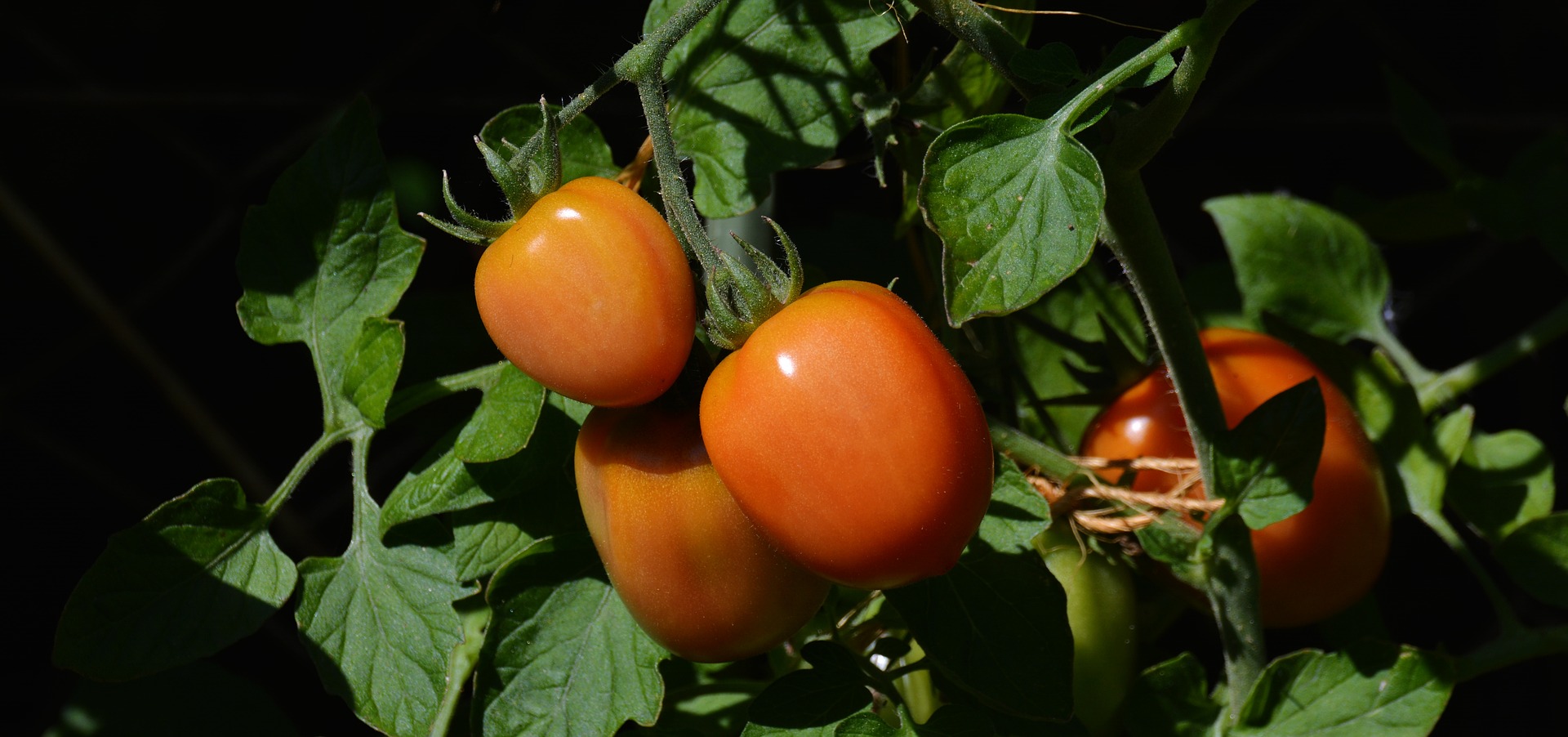
Whole Tomatoes or Tomato Sauce?
Keep in mind that low moisture is only important when canning tomato sauce and paste. Low moisture Roma-type tomatoes make the best sauce, but they come up lacking in flavor when canned as whole tomatoes. There are a number of big-name heirloom tomatoes that are ideal for canning whole tomatoes, diced tomatoes and tomato juice.
Considerations for a Sauce Tomatoes:
- Taste
- Low Moisture
- Small Seed Cavities
- High Yielding
- Dependable Yields & Disease Resistance
- Ripening Timetable (spaced out over the season or all at once)
Considerations for Whole or Juice Tomatoes:
- Taste after processing
- Firmness after processing (for whole tomatoes)
- Sized to Fit Jars (for whole tomatoes)
- High Yielding
- Dependable Yields & Disease Resistance
- Ripening Timetable (spaced out over the season or all at once)
Best Roma Tomato Varieties for Canning
Roma-type tomatoes have been selected to have small seed cavities and low moisture, meaning that they require less cook time to create a thick, luxurious sauce. Roma varieties also tend to be high-yielding, and a tough but easily removable skin combined with low moisture means that they’ll keep at room temperature for longer than most other varieties of tomatoes, allowing you to accumulate your harvest for several weeks before canning.
All around, Roma-style tomatoes will produce the highest yield of sauce in the least amount of time. If you’re looking to can tomato sauce in bulk or make your own tomato paste, Roma tomatoes are your best bet.
The best Roma tomatoes for canning include:
San Marzano – (Heirloom, 80 days) Known for their sweet flavor, dense flesh and small seed cavities, San Marzano tomatoes are a traditional Italian favorite. They’re especially low acid, so be sure to add some kind of acid such as balsamic vinegar or lemon juice to your sauce before canning (or pressure can the sauce). Also excellent for sun-dried tomatoes. Organic San Marzano Seeds Available Here
Amish Paste – (Heirloom, 80 days) This thick-walled, meaty heirloom variety from Wisconsin produces flavorful 8 to 12-ounce fruits. Yields are high, and since it’s low moisture, much of that yield will come through in the final sauce. Amish Paste Tomato Seeds Available Here
Big Mama – (Hybrid, 80 days) A modern hybrid tomato that produces gigantic 5” long and up to 3” wide paste tomatoes. Low moisture and small seed cavities mean heavy sauce yields. Peels easily. Big Mama Tomato Seeds Available Here
Golden Mama – (Hybrid, 68 days) This hybrid tomato was bred for striking yellow flesh, as well as mild and sweet taste. It yields heavily, allowing you to make large batches of unique yellow sauce from just a few plants. Golden Mama Tomato Seeds Available Here
Best Beefsteak and Slicing Tomatoes for Canning
Large slicing heirlooms and highly productive greenhouse hybrids tend to contain a high percentage of moisture, which will need to be cooked off before your sauce reaches the appropriate texture. They also tend to contain large seed cavities, which will need to be removed as seeds will make the final sauce bitter.
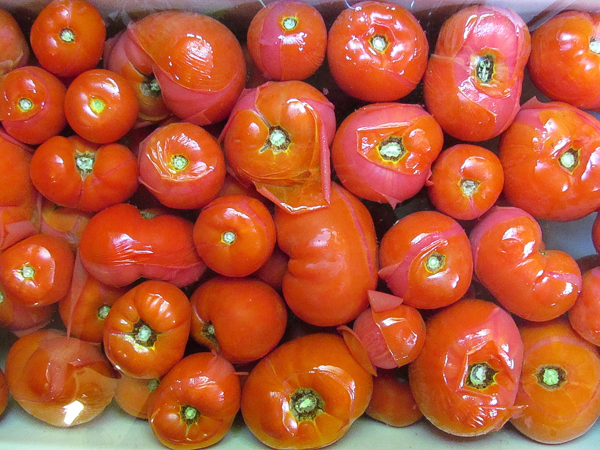
There are four good reasons to use beefsteak and slicing tomatoes for the sauce:
- Price – When in peak season, local farms will practically give these away by the case lot. When the full harvest comes in, it’s usually dramatically more than local markets can absorb.
- Availability – Cosmetically challenged fruits have little chance of selling, as consumers have their pick of the perfect specimens. Home canners can take advantage of this by contacting local farmers and buying them in lots as small as 20 pounds to as large as several hundred pounds for mere pennies on the dollar.
- Taste – Certain heirlooms also impart distinctive flavors and colors to a sauce that cannot be accomplished with the low moisture Roma’s on the market today.
- Color – Green zebra tomatoes can make a unique green sauce for example, and gold or orange variants can also make an especially dramatic presentation.
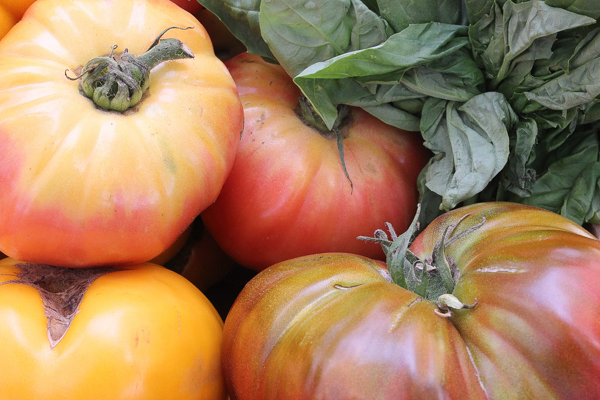
Here are some of the best beefsteak tomato varieties for canning:
- Ace 55 – (Heirloom, 80 Days) These thick-walled tomatoes are about the size of a tennis ball and stay firm even when cooked, making them a perfect choice for canning whole. They’re low acid, so be sure to add plenty of lemon juice for water bath canning. Ace 55 Seeds Available Here
- Black Krim –(Heirloom, 80 Days) This Russian heirloom produces large yields of unique blackish-purple tomatoes with a rich flavor. Plants grow very large, be prepared with extra supports. Black Krim Tomato Seeds Available Here
- Marglobe – (Heirloom, 73 Days) Developed by the USDA to be one of the first disease-resistant tomatoes in the early 1900s and treasured as a home canning tomato ever since. Plants yield heavily, and the fruits ripen all at once, making them ideal for large batch canning. Plants are also known for making a particularly flavorful canned tomato juice. Marglobe Tomato Seeds Available Here
- Rutgers Original Tomato – (Open Pollinated, 76 days) Flavorful, medium-sized 4 to 6-ounce fruits hold up well to canning. Originally bred from Marglobe. Rutgers Original Tomato Seeds Available Here
Best Cherry Tomatoes for Canning
While cherry tomatoes may seem an odd choice for sauce, given that they’re tiny seed bombs, and seeds in a sauce aren’t a good idea. However, they’re highly productive and contain a high sugar content as well as a distinctive pleasant flavor. If you have a food mill or chinois sieve that can readily separate out the skin and seeds, trying out a small batch of cherry tomato sauce is worth it for novelty value alone.
While even a dozen high-yielding plants will not give you enough to make gallons at a time, a few pints with the fresh sweet zing of a cherry tomato will liven up any mid-winter meal.
Since cherry tomatoes are especially hard to peel and seed, use a food strainer to easily remove the peels and seeds from the pulp.
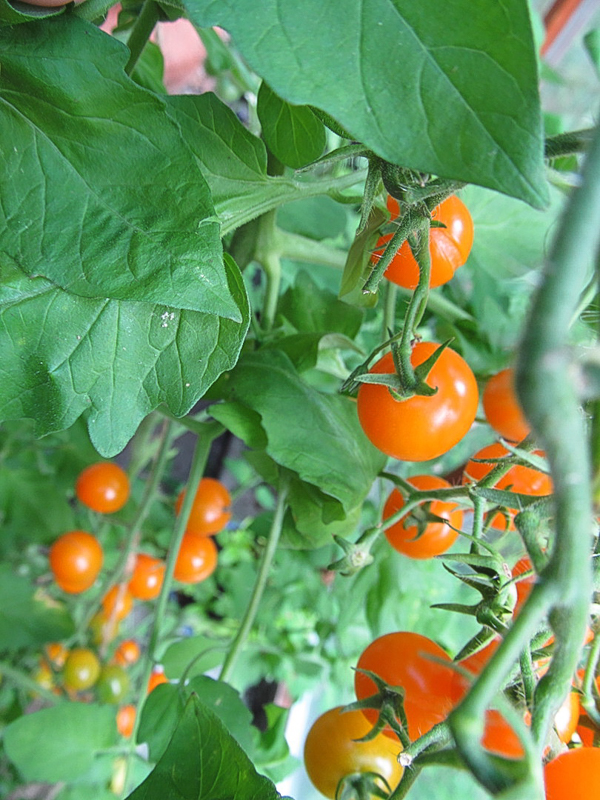
Here are some of the best cherry tomato varieties for canning:
Supersweet 100 – (Hybrid, 57 Days) Named for its huge clusters of fruit, with as many as 100 tomatoes on a single fruiting cluster. Extremely high yields mean that you’ll be able to collect enough tomatoes from a few plants to make a sauce. Organic Supersweet 100 Seeds Available Here
Sungold Cherry Tomato – (Hybrid, 57 Days) Exceptionally sweet orange fruits make a distinctive sauce. One of our neighbors grows a dozen plants to produce enough tomatoes for a big batch of bright orange tomato sauce. Sungold Tomato Seeds Available Here
Yellow Pear Cherry Tomato – (Heirloom, 75 Days) This heirloom produces large crops of bright yellow, pear-shaped cherry tomatoes. They’re very low moisture for cherry tomatoes, making them ideal for a sauce. The “neck” of the pear is all flesh, and the seed cavities are relatively small. That means larger yields of flavorful yellow sauce. Yellow Pear Cherry Tomato Seeds Available Here
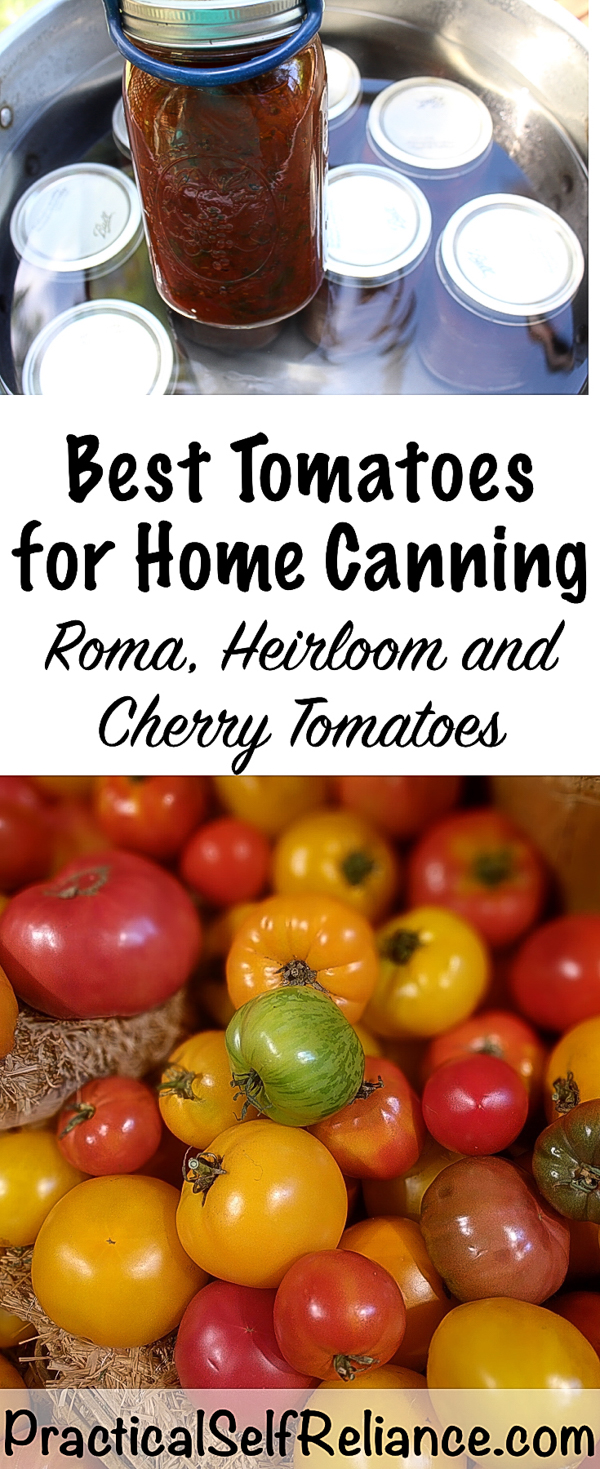

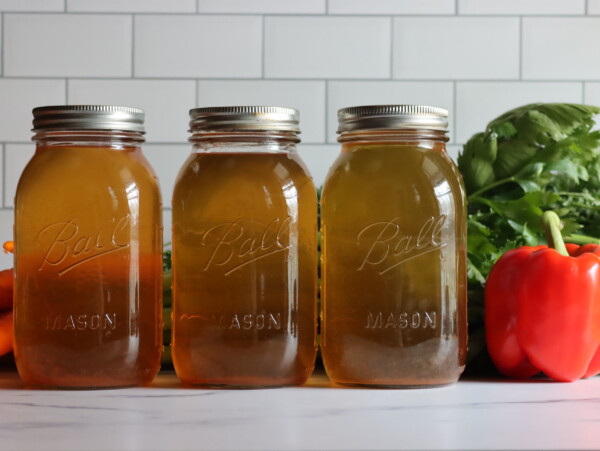
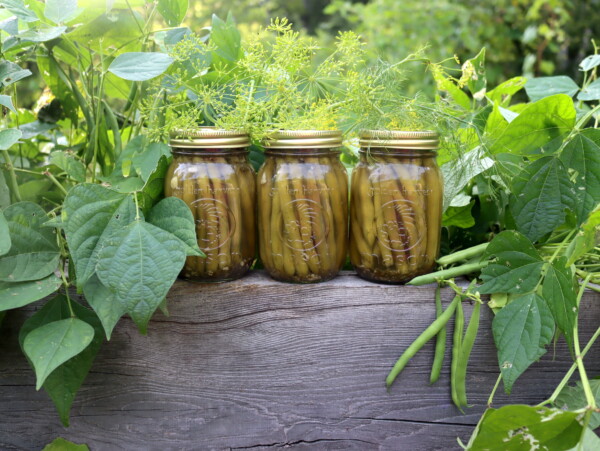
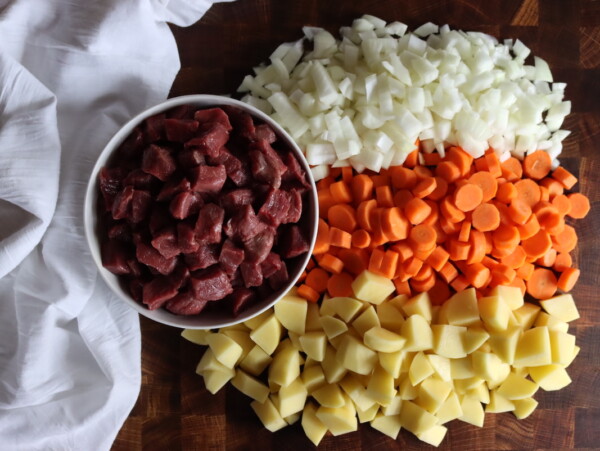
Under this section below, you mention that there are a lot of big name heirloom tomatoes that are ideal for canning as whole, diced or for juice, but you don’t mention any like you do for the other uses. Did I miss something? thanks,
WHOLE TOMATOES OR TOMATO SAUCE?
Keep in mind that low moisture is only important when canning tomato sauce and paste. Low moisture Roma-type tomatoes make the best sauce, but they come up lacking in flavor when canned as whole tomatoes. There are a number of big-name heirloom tomatoes that are ideal for canning whole tomatoes, diced tomatoes and tomato juice.
Any of the slicer tomatoes or cherry tomatoes that work well for sauce can also work well for canning whole, diced and juice.
Still canning at 82, interesting article on tomatoes, from March 2018.
Good job! Keep it up. 🙂 I’ve just started a few years ago. I bet you have so much advice on canning best practices and secrets.
what should I do with the tomatoes if I don’t have enough to can yet?? do I freeze them hole or what?
Yup! Freeze them whole. When you take them out, pop them in warm water. Once the skins thaw but the fruit are still frozen the peels slide off with just a bit of finger pressure. Some people even just freeze them all even if they have enough to can so that they can peel them that way.
That is what I do. I freeze all my tomatoes, in ziploc bags. When I have time, I put them in a sink full of hot water, the skins slip right off! Then I either can them whole or make sauce.
I have 10 plants, 2 each of Beefsteak, Roma, San Marzono, Abe Lincoln, Burbank Slicing – I know which ones to use for sauce and paste, but will any of these work for stewed and diced canned tomatoes? I use a ton of those in my yearly cooking. If not, what variety should I get started.
I did some quick research since I wasn’t familiar with the last two varieties you listed, but I found that the Burbank slicing is a canning tomato, so I’d use those for stewed and diced canned tomatoes.
When I start my tomato planting, I plant about 15 roma plants , and I get about 4-5 cases of quarts.
Larry,
How many quarts in a case…4 or 6.
Thanks,
Steve
My grandfather grew Yellow Pear tomatoes for the farmer’s market when I was a kid. I loved sitting with a bushel basket in the back of the pickup eating them. People would come and ask me if they were good, and I would eat another! I have grown them every year, my kids and now grandkids eat them right out in the garden. I have also used them to make tomato sauce, it turns out tasty once you get used to the color.